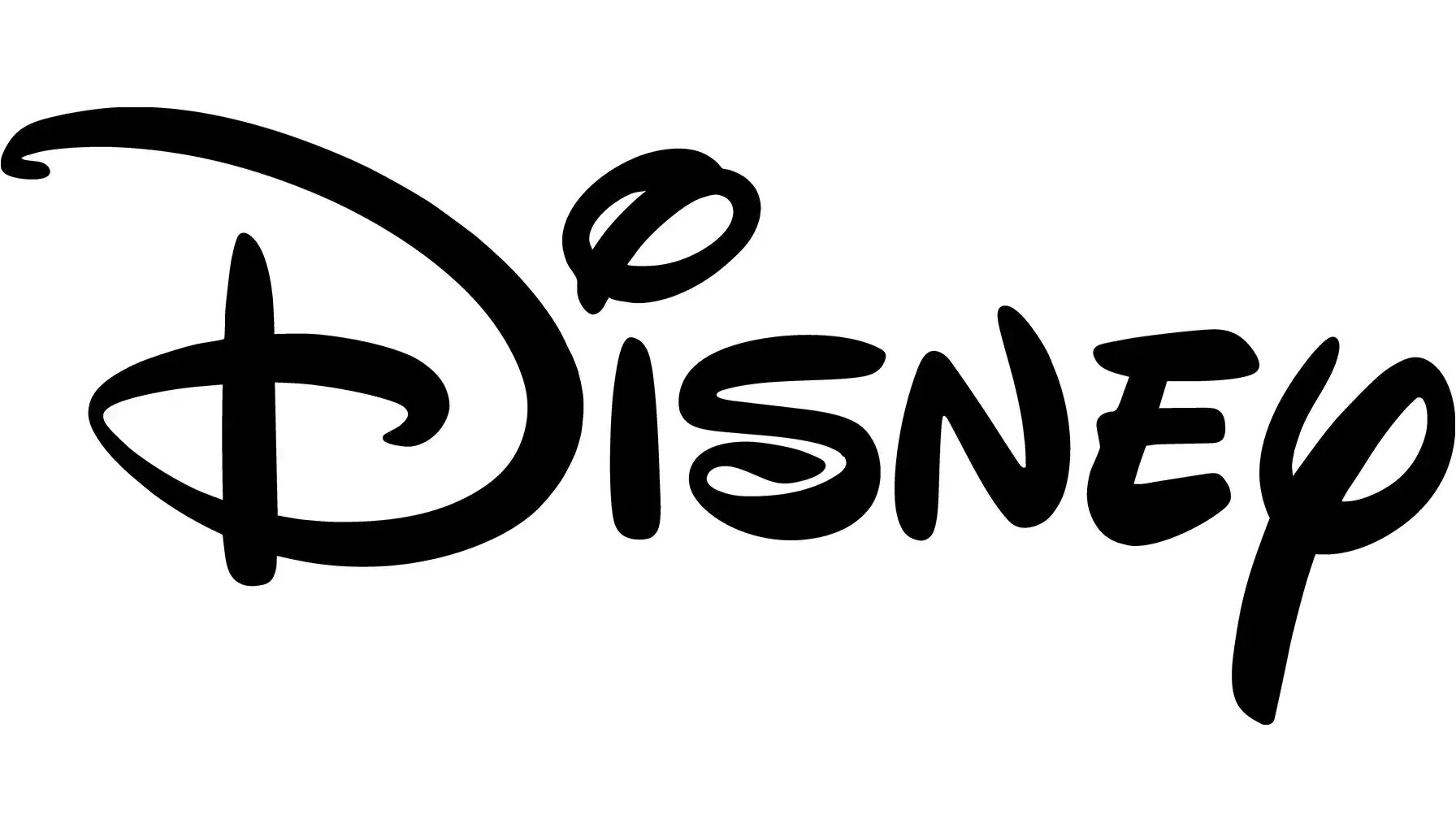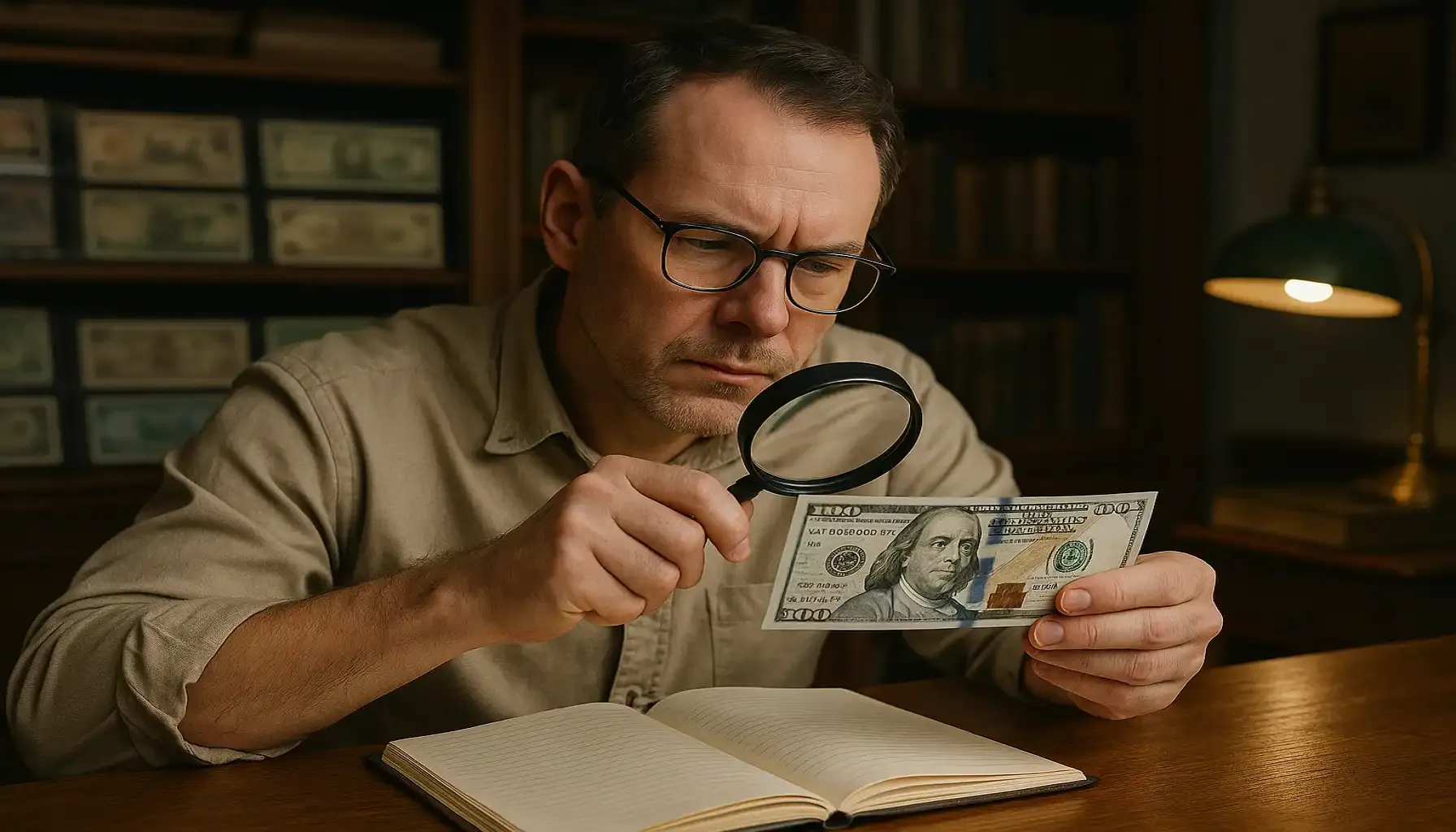Contents:
When you think of a quarter dollar, the image of George Washington and an eagle may come to mind. But the 1776-1976 bicentennial quarter is different. This coin is about the spirit of the whole nation. It was a coin for the 200th anniversary of the United States' independence.
This piece represents possibilities for collectors, as there are bicentennial quarter errors and mint marks that can be rather expensive. But what is the history? We will find out today, together with the bicentennial quarter 1776 to 1976 worth, and learn how to spot those rare errors and how to check old coin value.
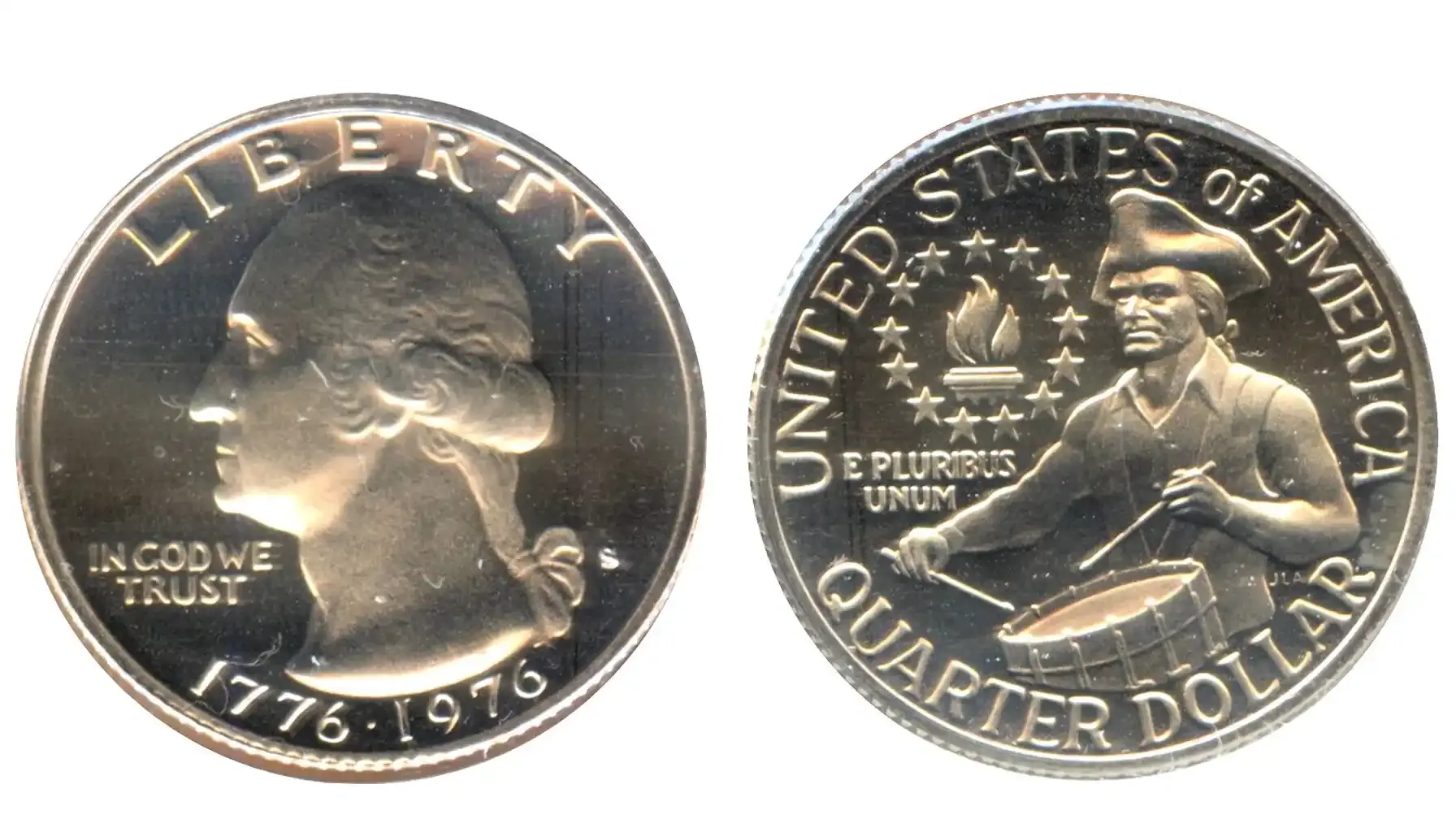
Feature | Details |
Denomination | Quarter Dollar |
Years Minted | 1975-1976 (bicentennial years, though dated 1776-1976 like the 1776 to 1976 one dollar coin) |
Designer | Jack L. Ahr (reverse), John Flanagan (obverse) |
Obverse Design | Profile of President George Washington |
Reverse Design | Colonial drummer with a torch of victory and 13 stars, symbolizing the original colonies |
Mint Marks | "D" (Denver bicentennial quarter with D mint mark), "S" (San Francisco bicentennial coin with S mint mark), or no mint mark (Philadelphia no mint mark bicentennial quarter) |
Composition | 75% Copper, 25% Nickel (clad), with some 40% silver-clad versions from San Francisco Mint |
Historical Context
The 1776-1976 bicentennial quarter happened during a time of immense national pride. As the United States prepared to celebrate its 200th birthday, the U.S. Mint took on the task of commemorating this milestone. The result was a bold design change: the reverse of the quarter featured a colonial drummer alongside a torch encircled by 13 stars (a sign of the original colonies).
Citizens loved the new look, and the coin quickly became a collectible. However, what makes these quarters even more special today is their errors, mint marks, and variations that have turned an ordinary commemorative coin into a numismatic collectible.

1776 to 1976 Bicentennial Quarter Errors
Errors on coins often occur during the minting process, and the 1776-1976 bicentennial quarter is no exception. These imperfections, far from being a drawback, add 1776 to 1976 quarter dollar value to the coins. Below is a detailed 1976 bicentennial quarter error list that every collector should know:
1. Bicentennial Quarter Filled D Error
Found on coins minted in Denver, where the "D" mint mark appears filled or partially obscured. This error occurred due to excess metal or clogged dies during production. Collectors are willing to pay a premium for this unique flaw.
2. Bicentennial Quarter with No Mint Mark
Philadelphia-minted quarters traditionally lack a mint mark, but error coins with an unintentional absence of the mark are highly sought after. A 1976 bicentennial quarter no mint mark can fetch surprising prices.
3. Double Die Errors
Look for doubled inscriptions or imagery on the coin, particularly on "Liberty" or the drummer’s details. These errors result from misaligned strikes during minting.
4. Die Breaks and Cuds
Visible cracks or blobs on the coin surface caused by worn dies are considered collector’s items.
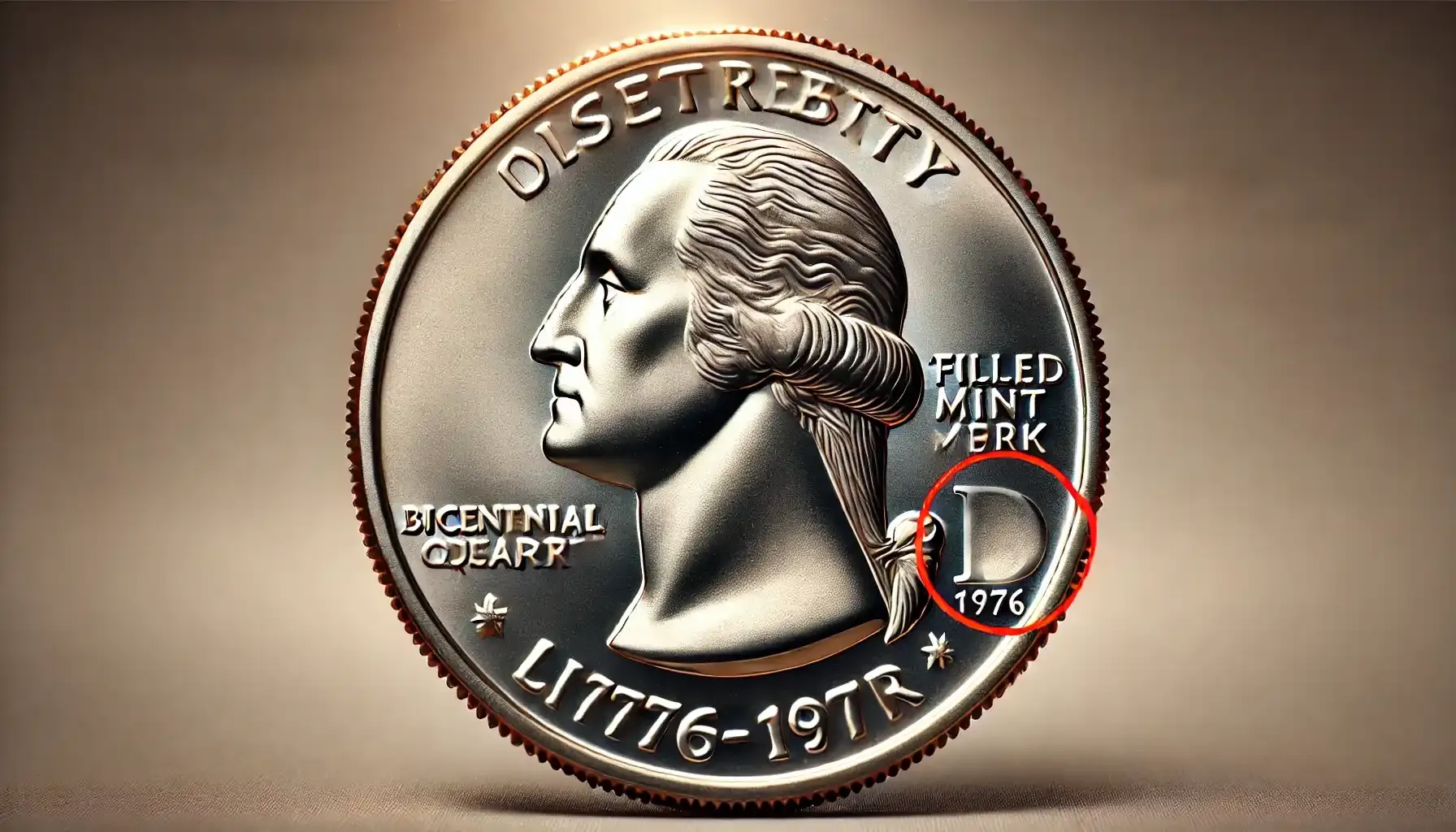
More about the Mint Marks
Bicentennial Quarter D Mint Mark
Coins minted in Denver bear the "D" mint mark and are some of the most frequently encountered. However, pairing the bicentennial quarter d mint mark value with an error like the filled "D" can increase its worth significantly.
The 1976-D bicentennial quarter, struck at the Denver Mint, remains an accessible coin for collectors in nearly all grades. While they were minted in large quantities, experienced numismatists often hunt for fully struck examples or coins in exceptionally high grades, such as MS68. These are rare and can command significant premiums at auctions, especially when they display characteristics like flawless drum details or absence of bag marks.
The Denver Mint produced 860,118,839 of these dual-date quarters during 1975 and 1976, outnumbering the Philadelphia Mint’s output by over 50 million. Despite the high production, finding fully struck examples is challenging. Coins often show incomplete strikes, especially on the top rim of the drum and its clasp, areas that frequently lack full detail.
According to research by Charles Morgan and Hubert Walker, most 1976 and 1976-D bicentennial quarters are attractive, well-made coins but lack sharpness in specific areas. A fully struck coin without scratches or bag marks is considered a standout example, particularly among uncirculated pieces.
Rarity in High Grades
For most circulated examples, there is little premium beyond face value. However, certified uncirculated coins, especially in grades MS65 and above, can be expensive. The population data from PCGS and NGC underscores the rarity of top-grade coins:
PCGS: 3,038 grading events for 1976-D quarters, including 59 FS-101 and 97 FS-102 varieties.
NGC: 1,491 grading events, with 23 FS-101 and three FS-102 varieties recorded.
Coins graded MS68 are exceptionally scarce. As of September 2024, PCGS reports only 13 coins in this grade, while NGC reports 15.
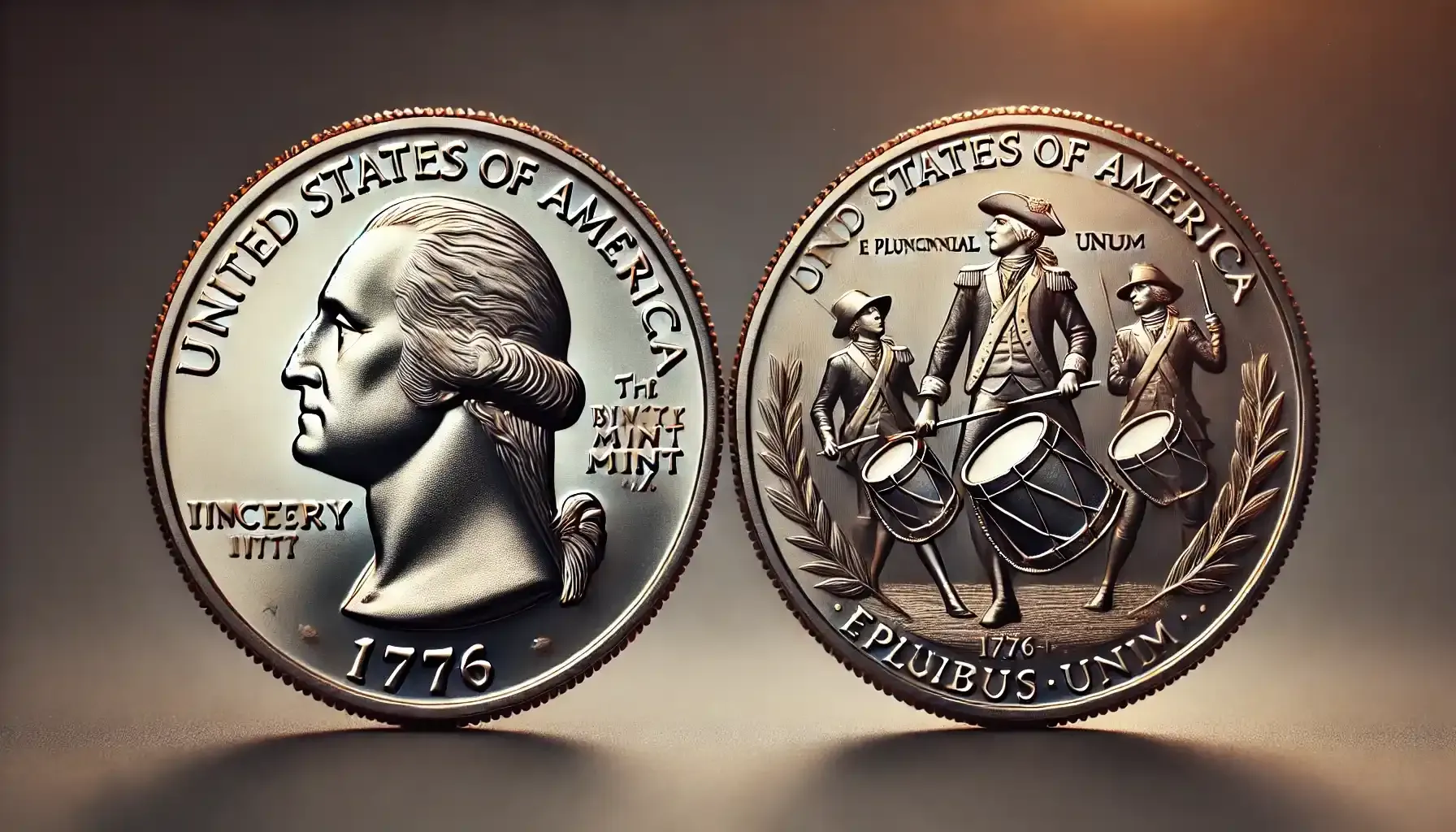
Auction Highlights
Coins graded MS66 and MS67 generally sell for modest 1776 to 1976 D bicentennial quarter value prices:
MS66 examples typically sell for $10–$40.
MS67 examples range from $30–$100.
Top-tier MS68 specimens command much higher prices, often reaching thousands of dollars. For instance, a PCGS-graded MS68 coin sold for $5,170 at a Legend auction in January 2018, while an NGC-graded MS68 example fetched $1,740 in May 2022. Other auction highlights include:
PCGS MS68, sold by GreatCollections in September 2024 for an undisclosed premium.
NGC MS68, sold by Heritage in May 2024 for $990.
Errors and Varieties
Error coins and major varieties are highly desirable. Among the notable examples:
A 1976-D quarter obverse die cap error sold for $2,880 in an August 19 Stack’s Bowers sale.
DDO varieties (such as FS-101 and FS-102) are also collectibles. The price depends on grade and visibility of doubling.
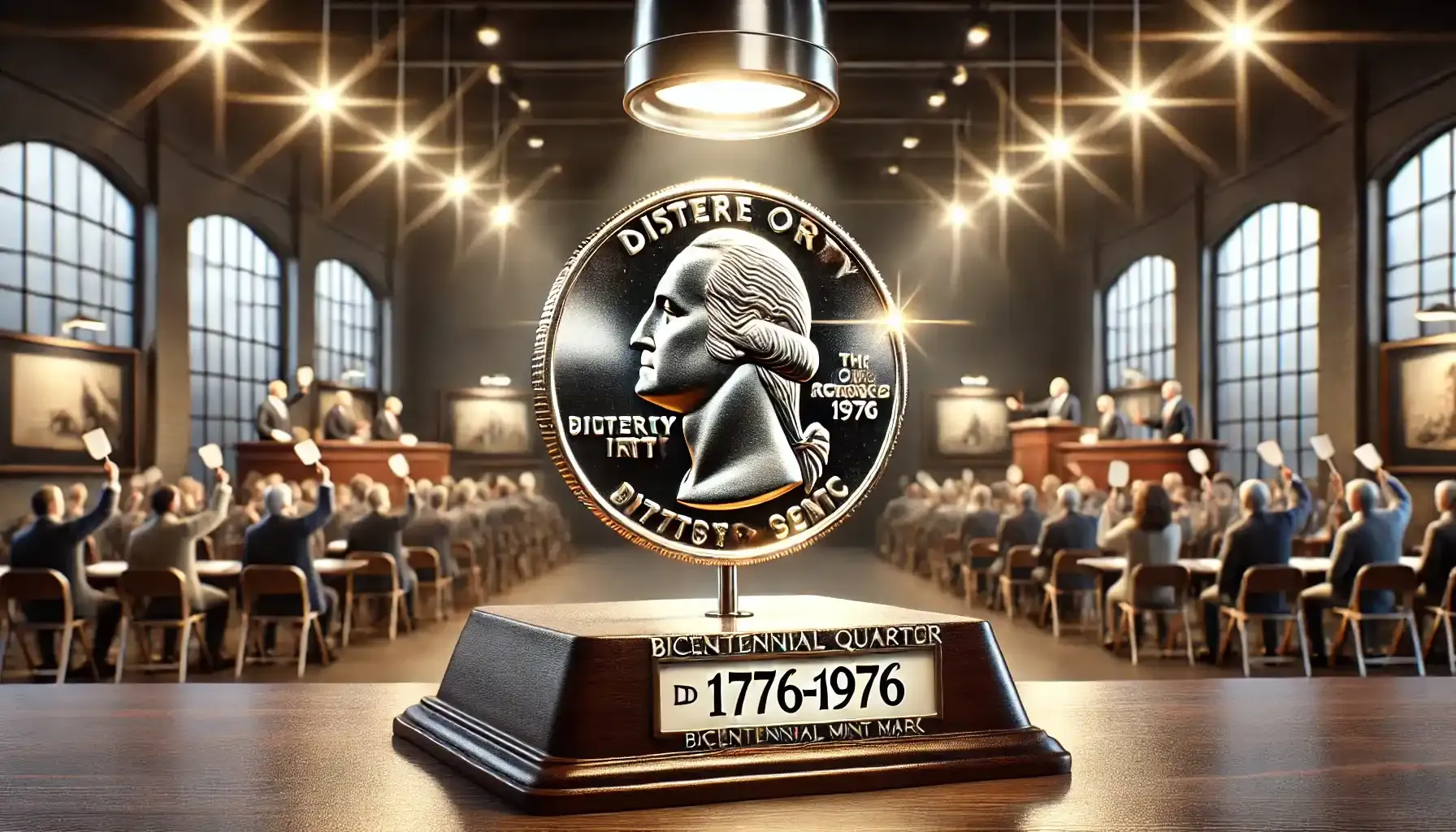
Bicentennial Quarter No Mint Mark Value
Philadelphia quarters lack a mint mark, but error-free specimens are worth less than error-laden ones. The bicentennial quarter value no mint mark may be rather high when coupled with rare flaws.
Bicentennial Quarter S Mint Mark Value
The bicentennial quarter with the "S" mint mark was struck at the San Francisco Mint in 1975–1976.
Two main varieties exist:
Clad Proofs: Made of a copper-nickel composition, these coins are commonly found in proof sets and have a typical value of $2–$5.
40% Silver Proofs: Made of 40% silver, these are more valuable, with prices ranging from $5 to $15 or more.
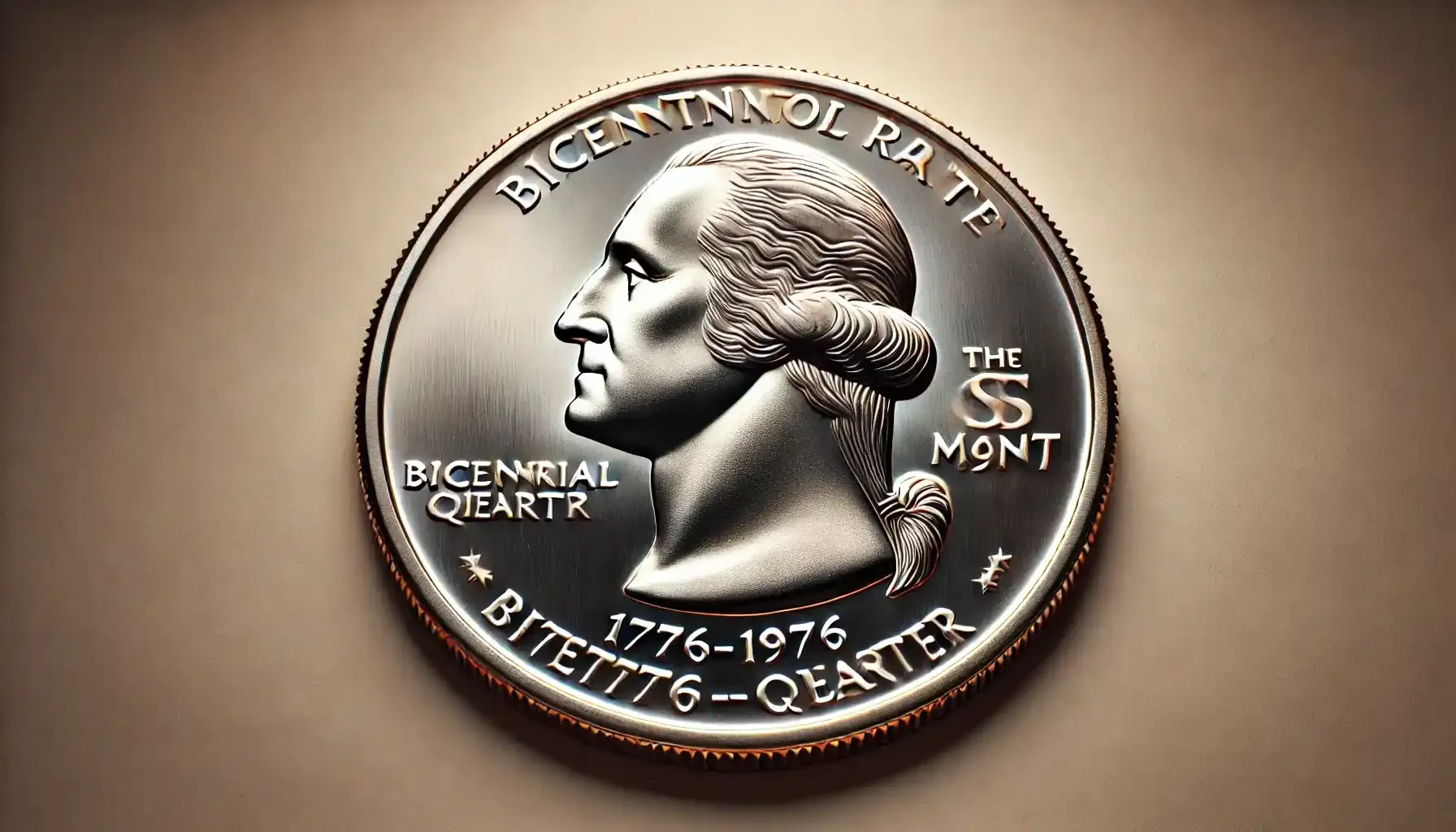
How Much is a 1776 to 1976 Bicentennial Quarter Worth?
The 1976 bicentennial quarter error value depends on the condition, errors, and mint marks. Here is a detailed breakdown:
Coin Type | Condition (Circulated) | Condition (Uncirculated) | Error-Specific Value |
Standard Bicentennial Quarter (No Errors) | $0.25-$1 | $3-$5 | N/A |
Bicentennial Quarter with No Mint Mark | $2-$4 | $5-$10 | $20+ (with errors) |
Bicentennial Quarter Filled D Error | $5-$10 | $20+ | $50+ (high rarity) |
Rare 1776-1976 Bicentennial Quarter No Mint Error | $10-$50 | $50-$500 | $1,000+ |
Disclaimer: Coin values are subject to change based on market trends and collector demand. Always consult a professional appraiser for accurate valuation.
Tools and Tips for Identifying Errors
1. Magnification Tools
A basic magnifying glass or loupe is a must-have to examine mint marks and surface details for anomalies.
2. Coin Identification Apps
Technology is a collector’s best friend. Use the Coin ID Scanner app to instantly identify bicentennial quarter errors and confirm values of different coins, e.g., the 1942 Wheat penny. These apps can even match your coin against established error lists.
3. Consult Reliable Resources
Reference trusted databases and expert-authored guides to compare your coin with known variations like 1776-1976 D bicentennial quarter errors.
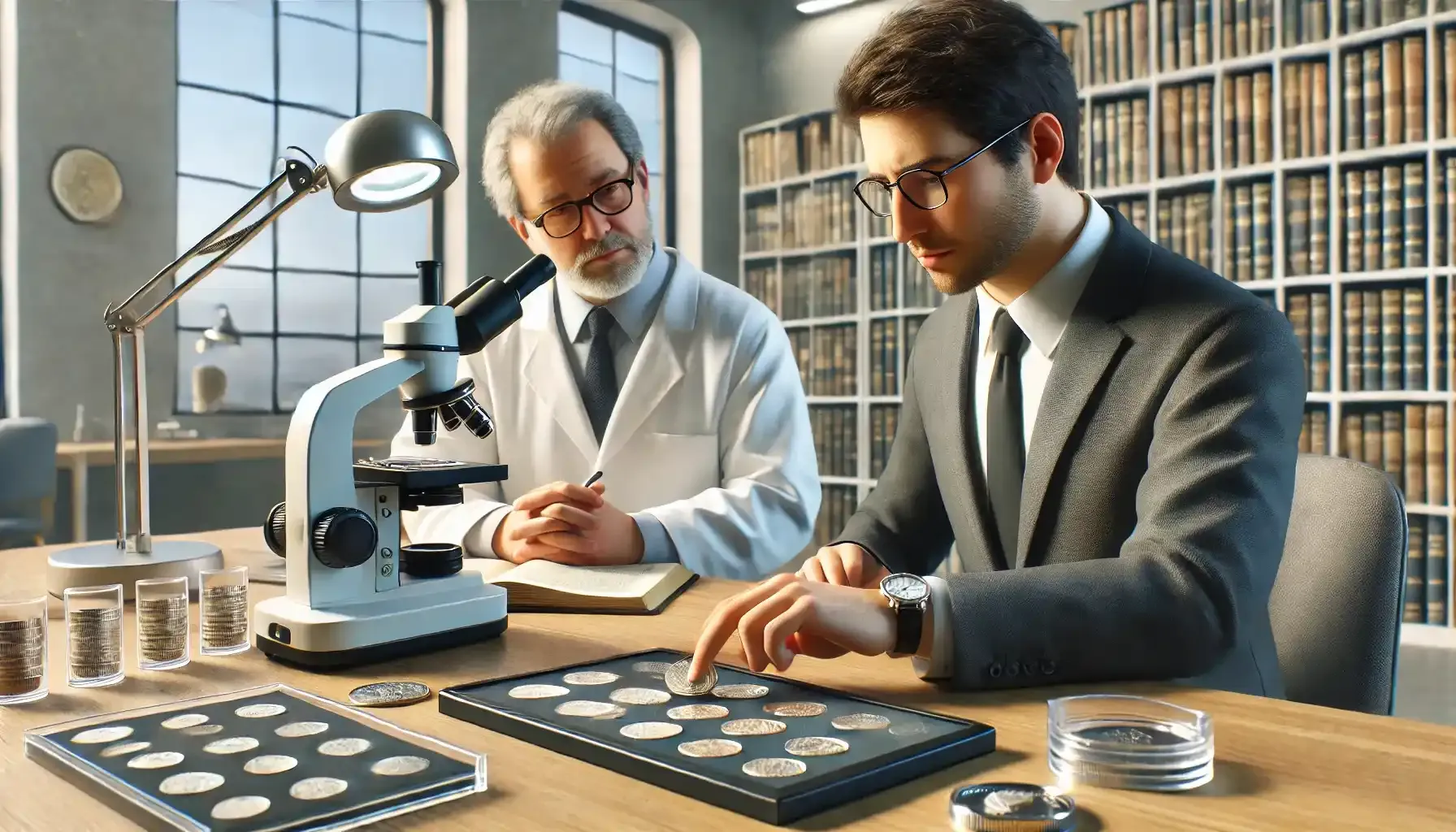
How to Buy and Sell 1776-1976 Bicentennial Quarters
For Buyers
When buying, the first step is understanding what you want to acquire. Are you interested in the historical value of standard coins, or are you targeting rarer varieties such as those with bicentennial quarters errors? For example, a coin featuring the bicentennial quarter filled D error can command higher prices than its standard counterpart.
The best places to buy these coins include local coin shops, online marketplaces, and coin auctions. Local coin shops often have experts who can guide you through their inventory, and tell you about the condition, authenticity, and market value.
Coin auctions, both online and in-person, are also great. Websites like eBay and Heritage Auctions frequently list bicentennial quarters, but it is essential to verify the seller’s reputation and request high-quality images to confirm details such as mint marks or errors.
If you want rare coins, attending numismatic conventions and expos is a good option. These gatherings attract dealers and collectors who often have high-grade coins with clear provenance.
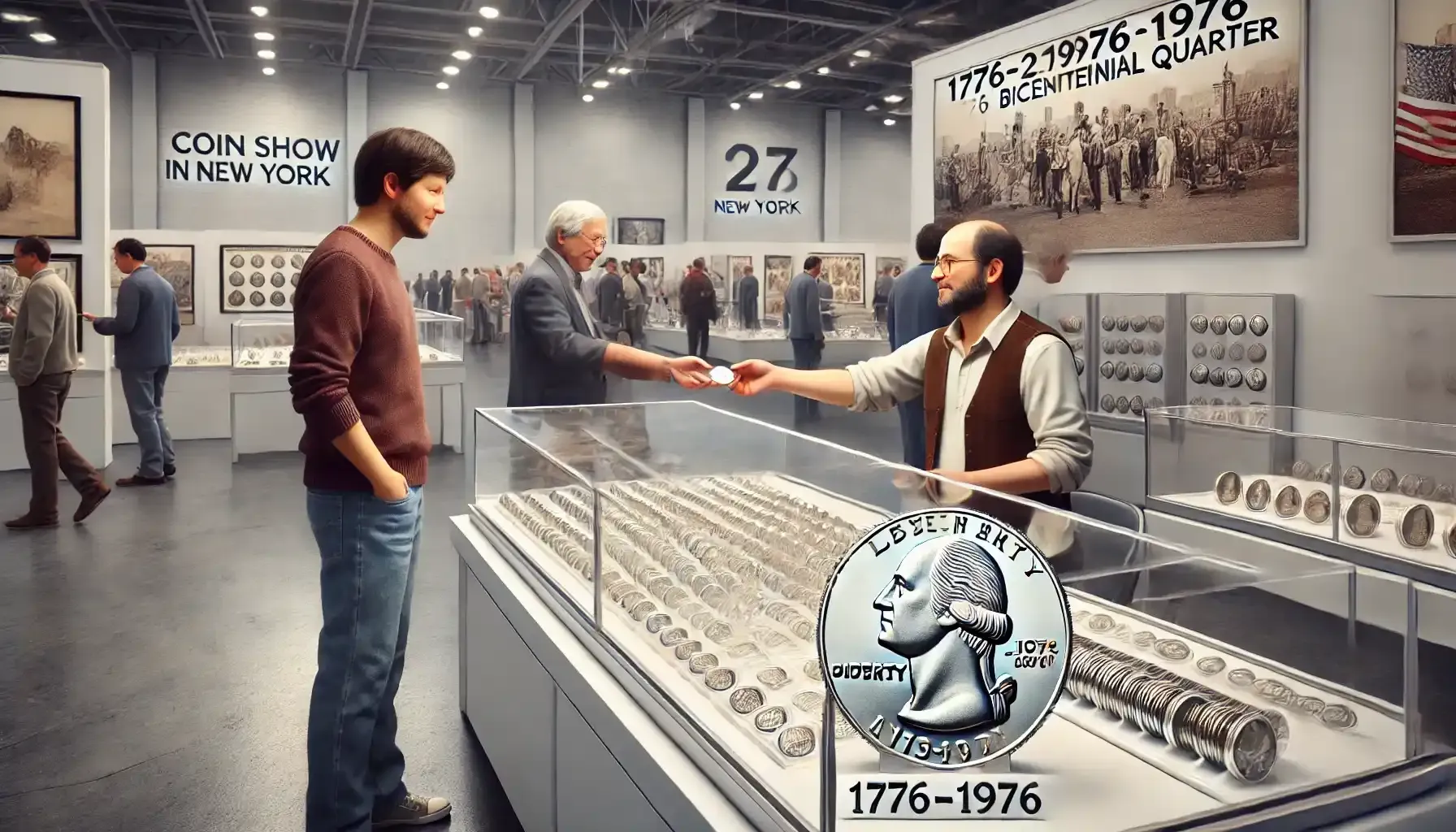
For Sellers
Selling begins with understanding your coin’s qualities. To determine the value, use tools like a magnifying glass to examine the coin for rare features. If you suspect your coin might be rare, it is worth consulting a numismatist or having it graded by a professional service such as PCGS or NGC.
Once you have identified the value, decide where to sell. Local coin shops offer quick transactions, but you may receive slightly less than market value since dealers also need to profit.
Online platforms like eBay provide access to a global audience, which can help you achieve better prices. To succeed in this arena, include high-resolution images with the coin's obverse, reverse, and close-ups of key details, e.g., mint marks or imperfections. Descriptive titles like “Rare Bicentennial Quarter Filled D Worth Collectors’ Item” can help attract buyers searching for specific features.
Coin auctions are another excellent avenue, particularly for high-value items. For example, if you own a rare coin that has been professionally graded, presenting it at a specialized auction could connect you with serious collectors willing to pay a premium.
Finally, do not overlook the option of social media and numismatic forums. Platforms like Facebook Marketplace, Reddit’s r/coins, or coin collecting groups allow you to interact directly with other collectors.

FAQs
What are the most valuable bicentennial quarter errors to look for?
The bicentennial quarter filled D error, double die strikes, and coins with missing mint marks are among the most valuable. You may try to find them at different auctions.
How much is a 1776 to 1976 quarter worth? How can I understand it?
Look for errors or rare mint marks and check its condition. Coins in mint or near-mint condition are typically worth more. Average prices are presented above in the article with more detailed explanations.
Are all 1776-1976 bicentennial quarters valuable?
While many are worth only face value, coins with errors or unique characteristics can be more expensive. To understand the overall price you should assess the coin. You better do it with an authoritative grading service.

